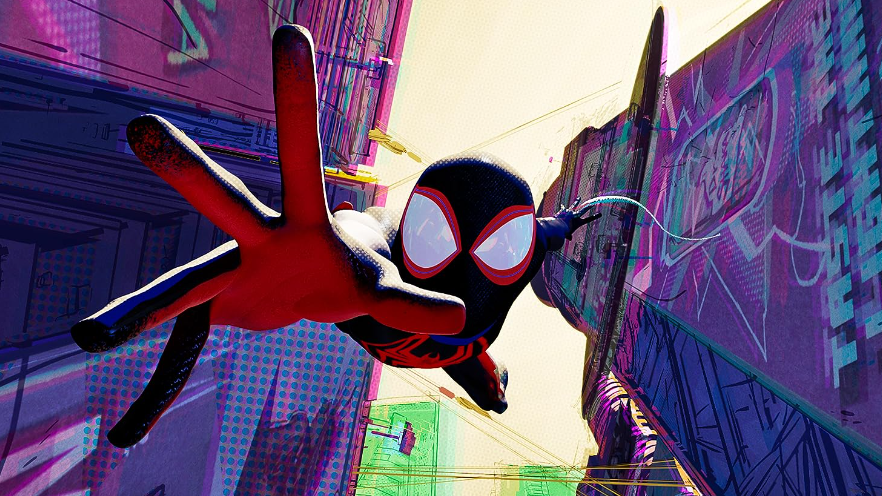The faint aroma of well-made popcorn and artificial butter filled my senses as I sat down, prepared to watch Spider-Man: Across the Spider-Verse for a second time.
While many movie franchises often fail to deliver an enjoyable sequel to fans, not a single Spider-Man film has yet to disappoint me.
The newest, Spider-Man: Across the Spider-Verse, which features Miles Morales (Shameik Moore) as the classic hero, has proved to be my favorite so far. It continues the story of its predecessor, Spider-Man: Into The Spider-Verse, which follows Miles as he lives as the famed champion of New York.
There are unique elements in this particular Spider-Man movie that leave me breathless throughout its entire playtime.
One such element is its medium—rather than being filmed live-action, the recent Spider-Man movies are animated. The animation is more than just the typical art style seen in popular movies like Frozen, Up, or Elemental; it is characterized by Ben-Day dots that bring an authentic energy to the movie while admirably tying the film back to its comic-book roots.
The animation is also incredibly detailed. I often found myself gazing at the edges of rooms that feature meticulously drawn furniture and props; these often overlooked elements of a setting provide an additional layer of personality and relatability to the movie.
My final appreciation for the animation is in its admirable body dynamics. The fact that the movie is not live-action is comfortably forgotten because of the skilled way each character has been animated to breathe, tic, and speak.
Featuring more than just wondrous animation, the movie is also incredibly diverse. There is a spider-person for everyone—there are dads, teens, and disabled spider-people, and there are spider-people of various cultures and ethnicities as well.
I also noticed that certain color choices strategically immerse the audience in emotional scenes. Moments overwhelmed in burden feature a darker, heavily contrasted background, while moments of relief are less contrasting and almost pastel. The differences are just enough to gather attention and enhance the ambiance of scenes in a memorable way.
I have always thought that humor is one of the most challenging elements to execute in screenwriting; however, Spider-Man: Across the Spider-Verse leads me to believe otherwise. There are so many instances of sarcasm that I found myself giggling constantly throughout the movie—something I hugely appreciate.
The storyline is also vastly creative and continues the concepts of the multiverse that Marvel has been cultivating for some time.
The sequel aided the notion of the multiverse by ambitiously releasing multiple movie versions without publicizing it. People who watched the movie repeatedly soon noticed the subtle abnormalities in certain scenes they had not seen before. I got to experience this—as the Netflix version differs from the one I watched in the cinema.
This lengthy sequel has various cinematic elements that leave me craving to hit the rewatch button. It is relatable for parents, kids, and outcasts. It is hilarious. It is beautiful.
Spider-Man: Across the Spider-Verse is convincingly more than just a movie; it’s an experience.




























































































